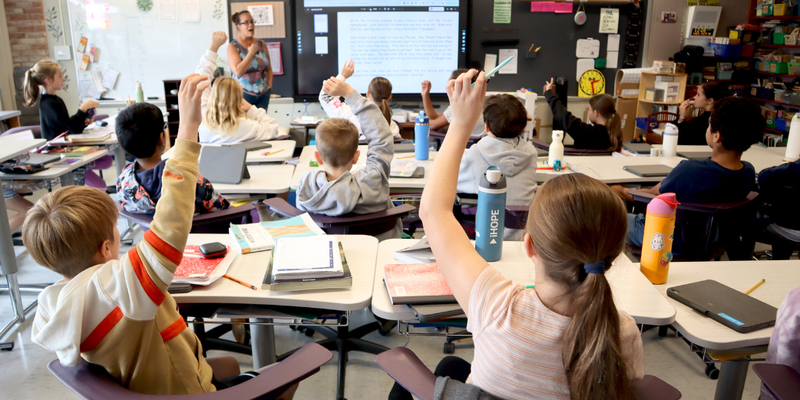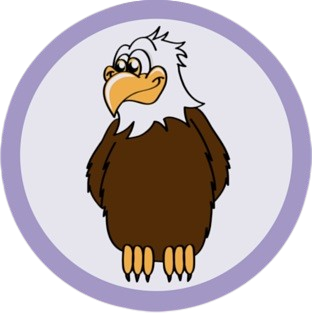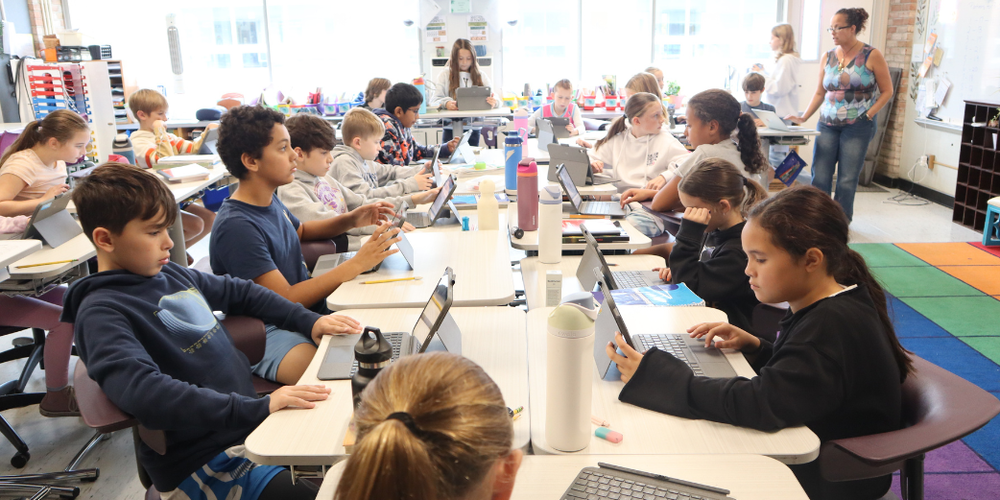"Won knight I sore a pear of men buy the see."
When Gloria Miller’s fifth graders came in from recess, they found a paragraph riddled with errors displayed on the class screen.
“What’s wrong?” Miller asked the students with a smile as they settled in their seats. “Let’s read this paragraph together.”
As the students took turns reading the sentences out loud, everyone groaned, including Miller. She taught them the word homophone: two or more words having the same pronunciation but different meanings.
The lesson was part of the fifth graders’ daily vocabulary instruction, which informs their speaking and listening, and reading and writing skills.

Miller showed the students a huge list of homophones—from able/Abel to yule/you’ll—and it spurred classroom conversation in many directions.
Based/Baste. What does the second word mean?
Are there homophones in other languages?
No wonder people who speak other languages say that English is so hard.
Students worked independently to translate the paragraph full of homophone errors. When they were done, they wrote their own sentence of homophone errors.
“Does this look write?”

